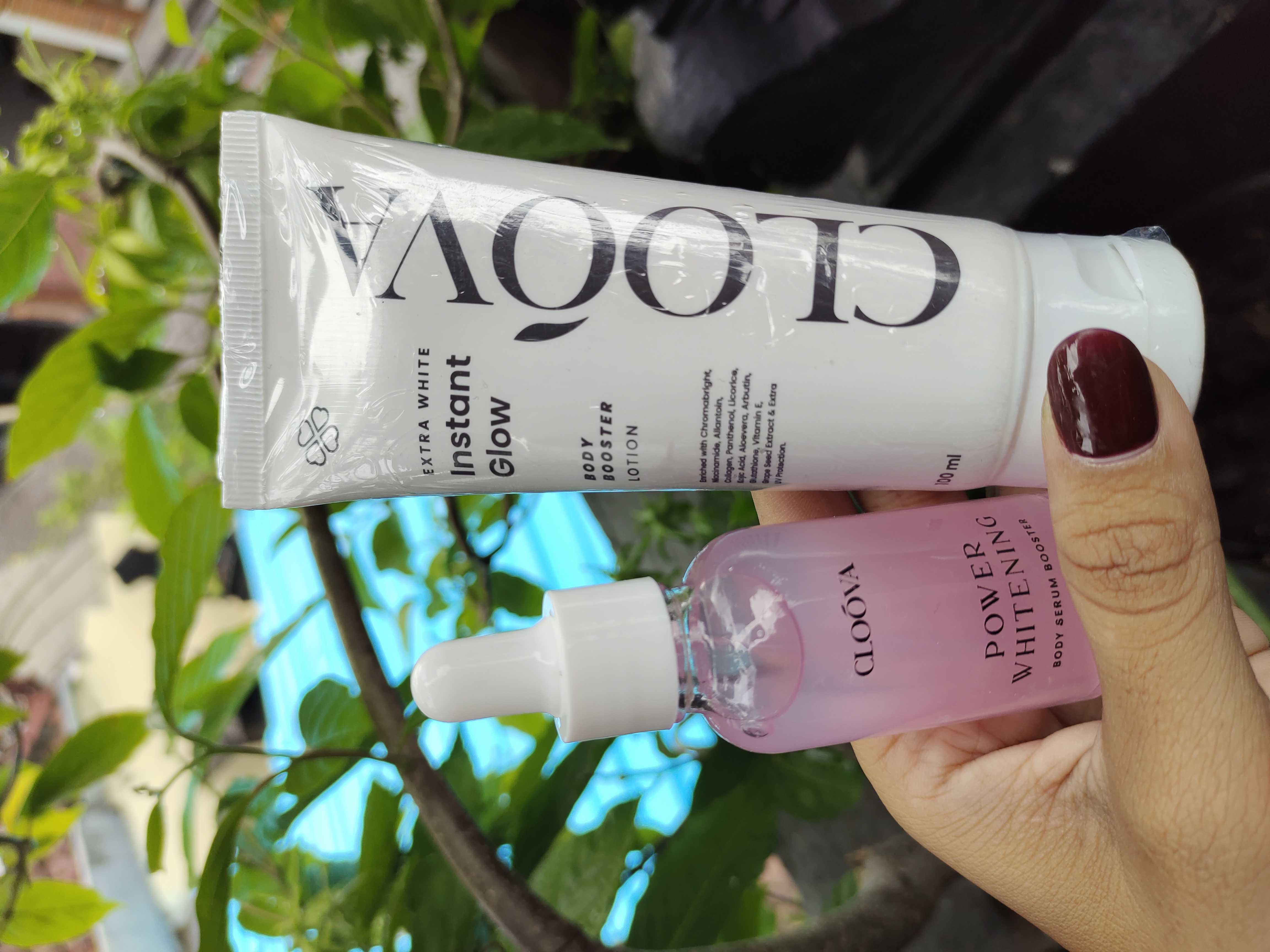Aplastic anemia is treated based on its underlying causes. If experiencing fever with a temperature of 38 degrees or higher, and symptoms worsen, seek immediate medical attention. Treatment includes changes in the treatment of underlying diseases (e.g., when caused by cancer treatment, the treatment method is changed), health monitoring in mild cases, and more serious treatments, such as the following:
- Immunosuppressants: the use of medications to suppress the immune system from attacking stem cells. Examples of immunosuppressants used are antithymocyte globulin injections and cyclosporine.
- Blood transfusions: to replace red blood cells and platelets to alleviate some symptoms.
- Antibiotics: help treat infections as people with aplastic anemia are susceptible to bacterial infections.
- Allogeneic stem cell transplantation: replacing damaged stem cells in the bone marrow with healthy stem cells from donated blood or bone marrow.
Side effects of aplastic anemia treatment vary depending on the type of treatment undertaken. Allogeneic stem cell transplantation can cause complications such as graft-versus-host disease (the body's immune response to donor cells from another person), the use of immunosuppressant drugs increases the risk of infection, and blood transfusions can cause excessive iron accumulation in the body (hemochromatosis).

The Prognosis
Aplastic anemia cannot be prevented, but the success of stem cell transplantation can cure this condition (achieving 96-100%), especially for those who undergo it in childhood and at the age of 40 and below. However, it should be noted again that there are many factors that affect a person's survival, including age and treatment.
Lifestyle
In addition to undergoing treatment, lifestyle changes are an additional approach for people with aplastic anemia. Here are some strategies that can be implemented to care for and support overall health:
- Avoiding high-risk activities. This is because people with aplastic anemia are susceptible to excessive bleeding if they experience impact or injury.
- Protecting oneself from viruses and bacteria. This is because individuals are more susceptible to infections. Routinely wash hands, avoid contact with sick individuals (cold, flu), and consult healthcare providers about appropriate vaccines for the condition.
- Get enough rest, not only when needed but when possible. Don't wait until you are completely incapacitated. Symptoms that may be experienced include easy fatigue, shortness of breath, and fatigue from everyday activities.
- Consume healthy and balanced nutritious foods. Consult with a nutritionist to get education and advice on what diet is suitable to support health.
- Exercise. Strive to remain physically active, even with light intensity, and do not overexert yourself. This approach may help reduce stress. However, make sure to consult with healthcare providers about suitable physical activities before making them a new routine.

Through proper treatment and a healthy lifestyle, individuals with aplastic anemia can manage their condition better. The strategy is to avoid high-risk activities, maintain cleanliness to protect against infections, get adequate rest, consume healthy foods, and exercise regularly, in addition to appropriate treatment and to minimize the risk of complications.
Hey, grab the Newfemme app now for cool tips and other fun stuff!




